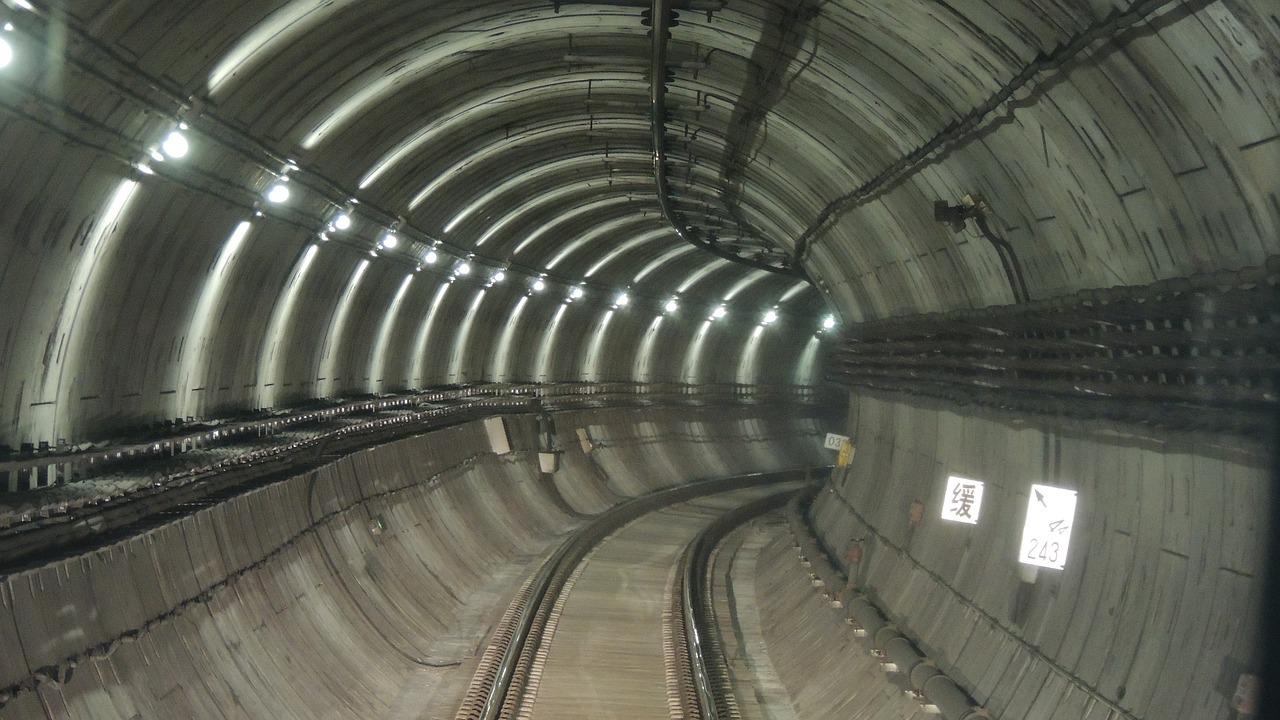
Vocabulary:
I will read the words, meanings, and sample sentences. Then, repeat after me.
- trace /treys/
- infrastructure /IN-fruh-struhk-cher/
- relocate /ree-LOH-keyt/
- transportation /trans-per-TEY-shuhn/
- prompt /prompt/
[verb] – to find the origin of something
The call could not be traced by the phone company.
[noun] – the basic systems and services, such as transportation and power supplies, that a country or organization uses in order to work effectively
The storm has damaged the country’s infrastructure.
[verb] – to move or move something or someone from one place to another
There are plans to relocate the airport’s main runway.
[noun] – a vehicle or system of vehicles, such as buses, trains, etc. for getting from one place to another
Bicycles are an inexpensive and efficient mode of transportation.
[verb] – to make someone decide to say or do something
I’m not sure what made him leave.
Article reading:
Please read the whole article. Then, I will check your pronunciation and intonation.
In an effort to reduce street traffic, London opened the Metropolitan Railway, the world’s first underground line, in 1863. Its origins can be traced back two decades to the construction of the world’s first under-river tunnel beneath the Thames, which quickly became popular with pedestrians and a major tourist attraction.
Initially, the London Underground was made up of tracks dug slightly below the surface and then covered over. However, as technology advanced and trains transitioned from steam to electric power, the lines became deeper. The ground beneath Londoners’ feet now hums with an extensive network of tube lines that ferry people around the city quickly, efficiently, and out of sight. According to Bradley Garrett, a cultural geographer at University College Dublin and author of Subterranean London, putting infrastructure underground has a lot of appeal. He goes on to say that humans prefer things to be running in the background. It creates the appearance of seamlessness. It almost has a magical quality to it. Along with trains, powerlines, pipes, cables, and sewers, some people have long wished to bury another piece of infrastructure: roads.
No one, not even Musk, has proposed burying all of the world’s roads. But what if we did relocate them all beneath the surface? In an era of increasing urbanization, rising inequality, and climate change, imagining the impact of this raises important questions about how our global transportation system is evolving – and prompts us to consider where we really want it to go.
Initially, the London Underground was made up of tracks dug slightly below the surface and then covered over. However, as technology advanced and trains transitioned from steam to electric power, the lines became deeper. The ground beneath Londoners’ feet now hums with an extensive network of tube lines that ferry people around the city quickly, efficiently, and out of sight. According to Bradley Garrett, a cultural geographer at University College Dublin and author of Subterranean London, putting infrastructure underground has a lot of appeal. He goes on to say that humans prefer things to be running in the background. It creates the appearance of seamlessness. It almost has a magical quality to it. Along with trains, powerlines, pipes, cables, and sewers, some people have long wished to bury another piece of infrastructure: roads.
No one, not even Musk, has proposed burying all of the world’s roads. But what if we did relocate them all beneath the surface? In an era of increasing urbanization, rising inequality, and climate change, imagining the impact of this raises important questions about how our global transportation system is evolving – and prompts us to consider where we really want it to go.
Discussion Questions:
I will read each question. Then, please answer them.
- Could you tell me about the underground transportation in your country?
- Based on your experience, what distinguishes underground transportation from regular transportation?
- What kinds of transportation would you like to see run underground? Why or why not?
- Do you agree that underground transportation reduces traffic?
- What do you think of underground transportation? Please elaborate on your answer.
Summarization
Please summarize the whole article using your own words and expressions. You will have one minute to prepare before you answer.
Describe:
Please explain the definition of each word listed below based on your understanding. You can provide example sentences if needed.
- decade
- advanced
- geographer
- propose
- impact